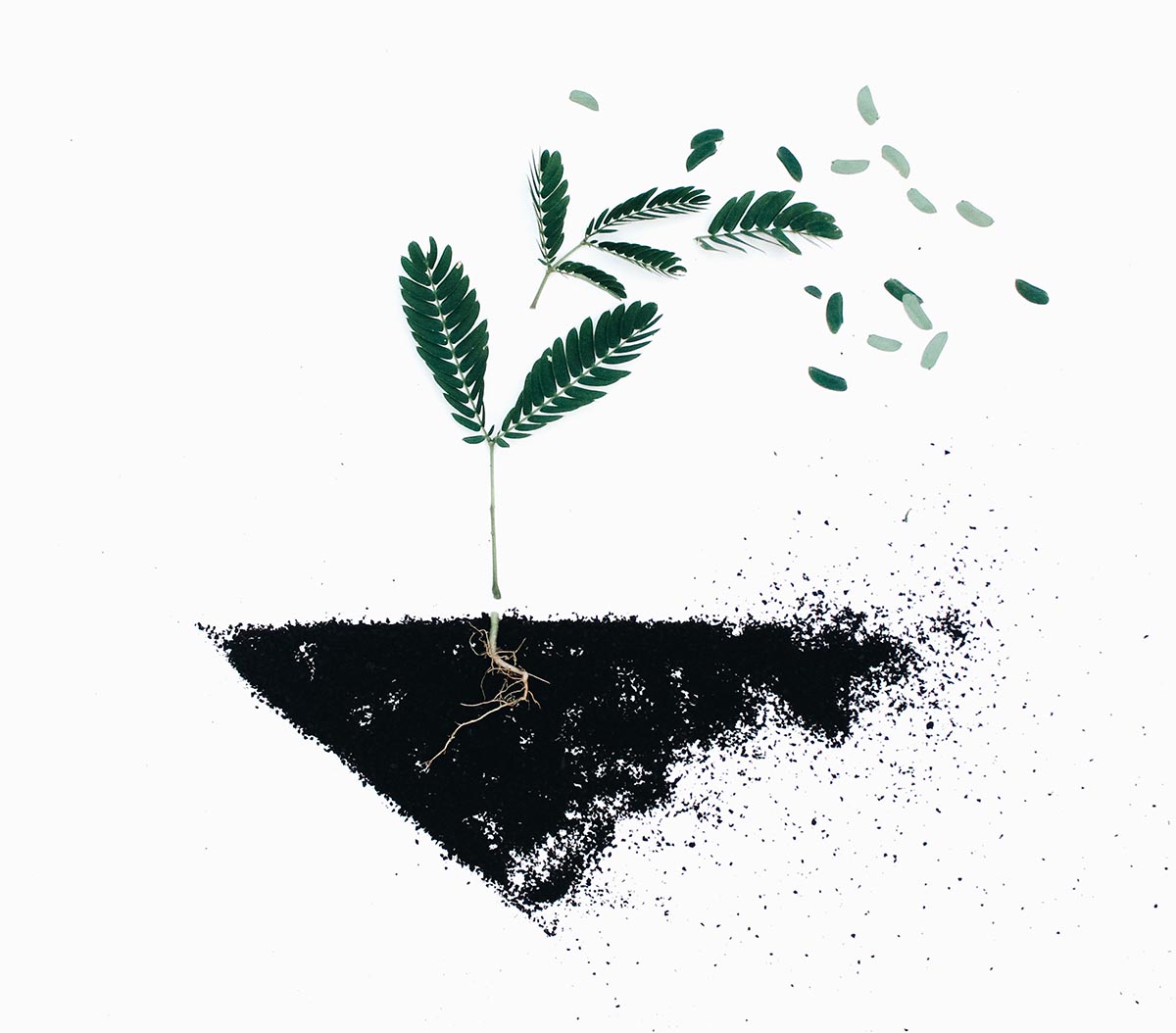The Power of Teaching Lineage

About This Resource
Details
The Power of Teaching Lineage
Article by Noa Jones
The sonorous sound of Zen practitioners reciting the names of the lineage masters is one of my favorite parts of the regular zazen sessions at the local monastery. So many names remembered, each a student of the one who precedes, a transmission across centuries. At Zen Mountain Monastery in Mt Tremper, NY, they have added the names of the women masters. Many Tibetan Buddhist teachers spend the first ten minutes of a teaching, sometimes longer, giving an account of where this teaching came from and who taught it to whom. There is a wonderful power to incanting the names of those who have passed on their wisdom, looking at the source.
This could work in any learning environment. Who taught you to read? Who taught you to use scissors? Who taught you how to play soccer? Who opened your eyes to Hesse?
Taking note of that, I’ve asked the teachers at Middle Way to think about whose lineage they are carrying on, even when they are teaching academics like math or reading. This could work in any learning environment. Who taught you to read? Who taught you to use scissors? Who taught you how to play soccer? Who opened your eyes to Hesse?
Mr. Yaeger taught me multiplication in my third grade class at Foothill Elementary in Boulder, Colorado. He hooked me, I can’t remember how. I was very competitive, wanting to be the fastest in my class at memorizing all the tables from 1-11. It only takes a moment to recall the name of a teacher and mention it to students.
It doesn’t even have to be a master who is paid homage to. I learned how to play paper-scissors-rock at summer camp in a place called Gold Hill. Homage to Trojan Ranch! We used to play to see who got to ride which horse in the coral. It’s a great way to make a decision without any real conflict.
If you take the time to ask, the answers are almost always fascinating, and pretty endless.
Where does the water come from that comes out of the faucets at your school? Where does the heat come from? At Middle Way, we did an all-school shibori indigo dye one day and we talked about the source of the color indigo and how precious it was considered. Even looking at the colored pencils in the box was interesting. Some were from Germany, some of them made in China.
Dzongsar Khyentse Rinpoche’s first piece of advice when I first started thinking about education alternatives in Bhutan was to have the students always ask where things come from and where they go. If you take the time to ask, the answers are almost always fascinating, and pretty endless. You can trace that German pencil to the woods where it was harvested, and what about that gold paint for the lettering? Where did that come from? Almost everything points back to the earth which points back to the stars, so that’s always fun.
Recommendations:
- For teachers: Whenever there’s a chance to pay homage to the person or text who taught what you are about to teach, speak the name and give it a nod.
- For children: Listen to the sound of Zen chanting. How does it make you feel?
- Discuss what homage means, write a homage to someone who taught you something

